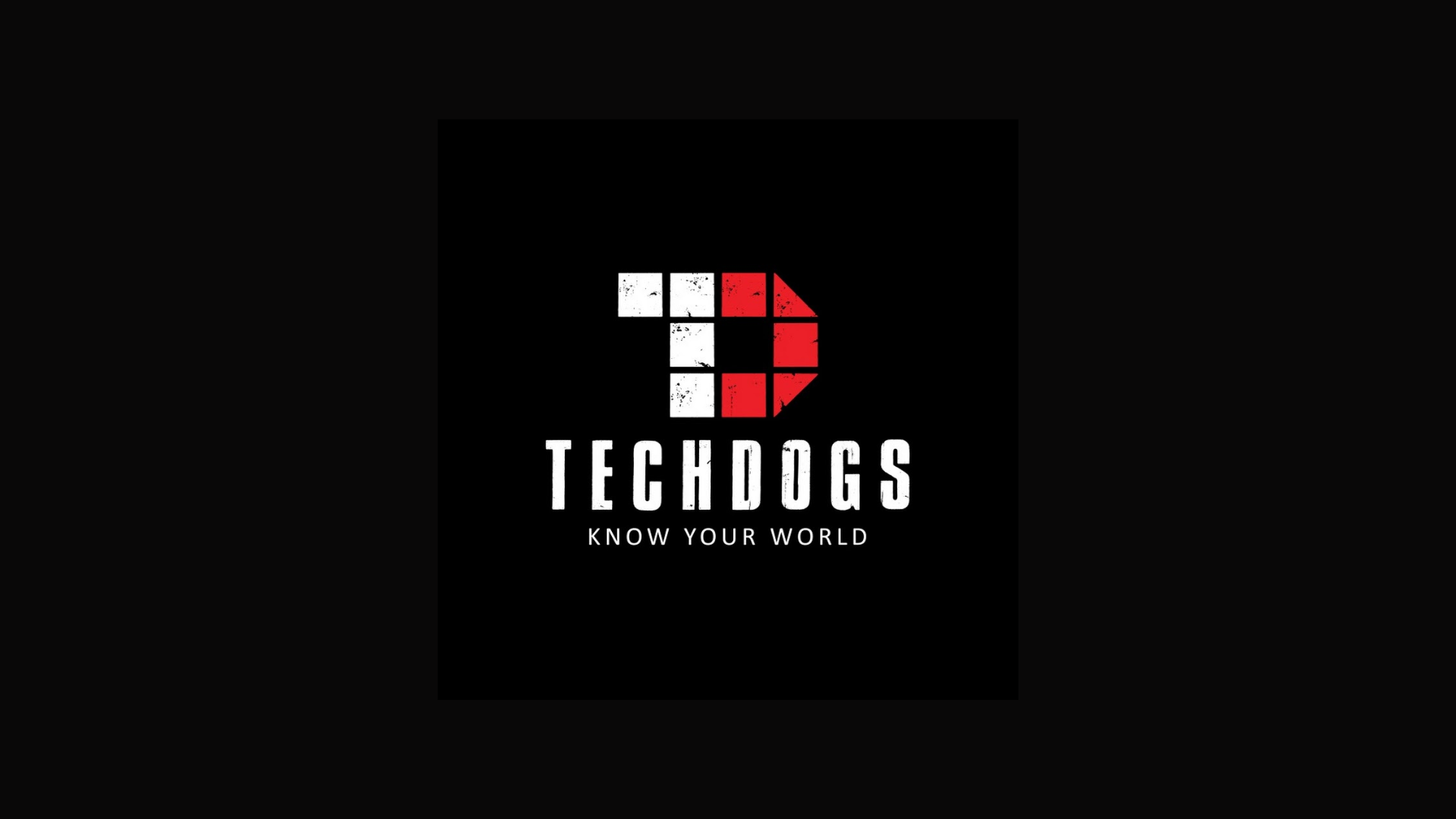Today that universe expands to include our interactions and coexistence with connected devices. This can take place anywhere within a connected home, smart city, and on the factory floor. Where humans interact with machines, those interfaces need to work for both sides, particularly where the end goal is for technology to serve the human.
5G is an enabler of real-time and live digital experiences. This means there is potentially no distinction for a human between experiencing an event in the real world or through the lens of a digital service, and potentially no distinction in the interaction a human would have with another human versus a connected device. 5G enables this through three main technology tenets: low-latency, high-bandwidth, and high connected device density.
It could be argued that while 5G provides a pilot environment, 5G Advanced makes these experiences possible on a wider scale and is the foundation for mass adoption of these new paradigms influencing how we live, work and play.
Delivering improved experiences for people and machines
5G Advanced is designed to enable a wider range of use cases and to elevate radio performance to a new level, driving network performance towards higher bandwidth, lower latency and greater reliability. It will offer improved support for applications such as extended reality (XR) and has the potential to enable the commercial viability of applications in the fields of gaming, video streaming, virtual training, remote working and logistics.
A headline feature of the new standard relates to speed—there will be around 10 times enhanced capabilities compared with traditional 5G. In addition to 10Gbps downlink speeds, it will be able to support 1Gbps uplinks. This will be particularly useful in the context of smart city infrastructures such as self-driving vehicles, smart traffic, smart health, new work environments, and sustainable development goals (SDGs). So life-critical sectors like healthcare and emergency services may be set to become more efficient, with innovations like teleconsultation, remote surgery and the real-time monitoring of patients benefiting from lower latency and higher uptime.
Realizing the full potential of 5G Advanced through collaboration
As the next evolutionary step in 5G technology, 5G Advanced delivers a new level of enhanced capabilities beyond connectivity and enabling a wider set of advanced use cases for people, organisations, and society. But as with any new technology, its success will be determined by adoption. To achieve this, synergies across industry, governments, and regulatory bodies will need to create the right conditions for technology uptake—such as fostering alliances between key stakeholders, promoting investment in infrastructure, and fair access to spectrum resources.
Collaboration will be key to unlocking the full potential of this next generation technology, opening the door to more human-centric interactions with machines. Da Vinci’s Vitruvian Man still has a lesson for us—the differences 5G Advanced will make will depend on how it works at a human level.















